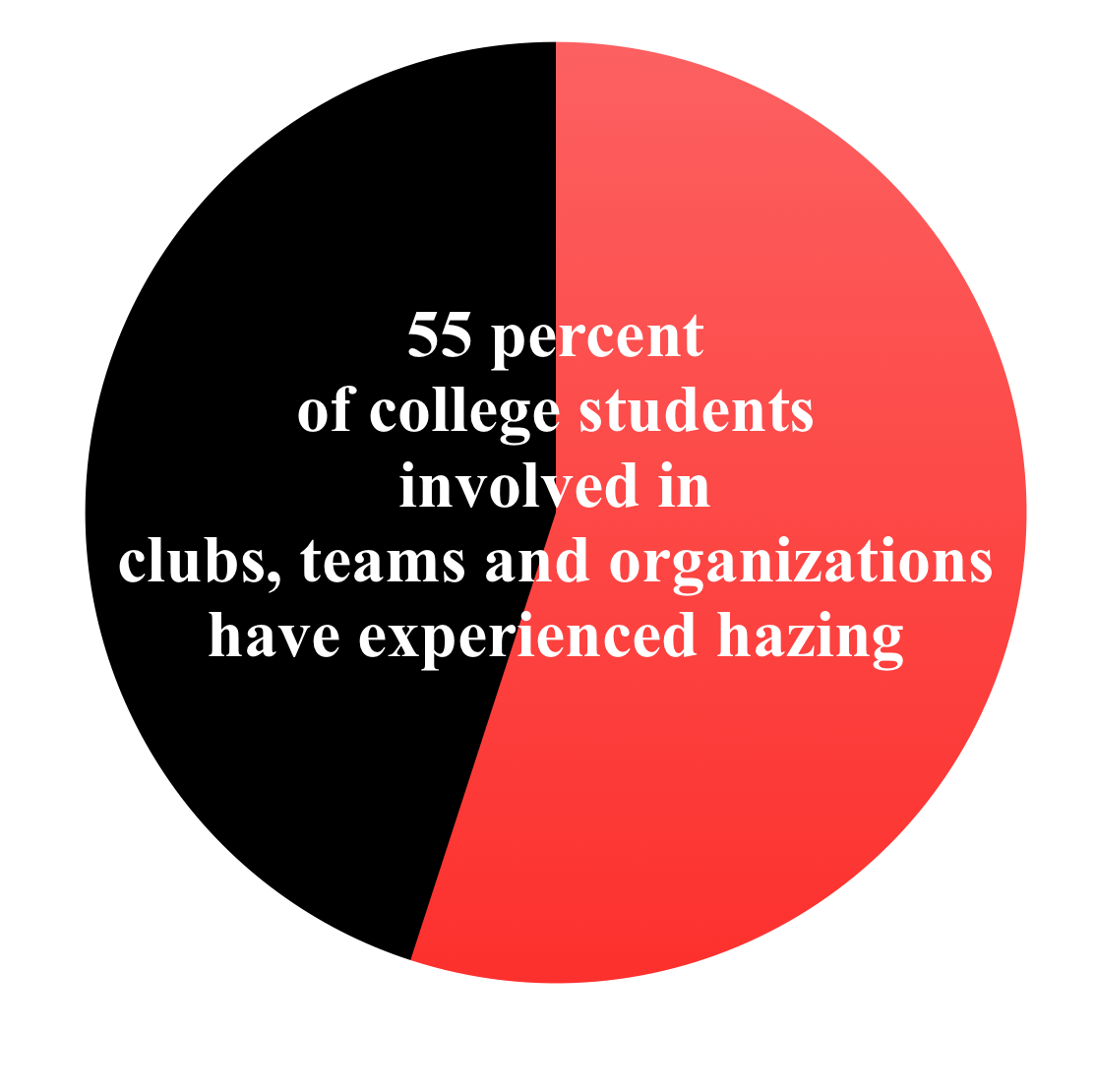Every year, college students are injured or killed during events associated with hazing. Though students at Cabrini do not have to deal with this problem personally, even they feel hazing should not be tolerated.
Violence, heavy drinking and humiliation are part of the rituals students endure to gain acceptance into popular groups on campus such as fraternities or sports teams.

In 2008, the University of Maine conducted a research study that found that 55 percent of college students who are involved in clubs, teams and organizations have experienced hazing.
Colleges and universities nationwide prohibit hazing, but struggle to prevent it even after launching many programs over the years to encourage students to avoid such activities and report them. Laws have also been passed that have made violent hazing activities a crime.
Unfortunately, hazing incidents and tragedies continue to occur.
Earlier this semester, a freshman fraternity member at Louisiana State University passed away from alcohol poisoning as part of a hazing incident.
Additionally, 14 members of the Beta Theta Pi fraternity at Penn State were accused of distributing the alcohol in a fraternity pledge-related death.
Dr. Sara T. Maggitti of Cabrini’s Counseling and Psychological Services has shared research about the mental health repercussions of hazing. Research shows that hazing can cause both short and long-term mental health problems.
The extreme physical and psychological consequences of hazing has caused colleges and universities nationwide to crack down on hazing. Regardless, eliminating the problem at the source is still an obstacle.
Maggitti said, “Tolerance of hazing has declined; however, as a result of publicity and lawsuits— civil and criminal— resulting from incidents in which individuals were killed or maimed, such as through beating or coerced alcohol consumption. In spite of the fact that hazing is now banned in many institutions, and violent hazing is now a felony in many jurisdictions, notorious instances of abusive hazing still do occur.”
There are no off-campus fraternity or sorority houses at Cabrini, so alcohol-related hazing may not seem as much of a concern; however, Cabrini has taken a strong stand against hazing by any students or campus organizations.
Cabrini’s Community Standard’s for Student Conduct defines hazing as any act that risks the health of an individual— either physical or mental— for the intention of acceptance into a campus organization or affiliation. The handbook goes on to say that, “Hazing is absolutely prohibited.”
Christopher Perren, a junior at Cabrini, says that universities should prohibit hazing “because hazing isn’t controlled or monitored enough. At the end of the day, you’re either going to embarrass them or bring them down or physically harm them. Why should I subject myself for you to harm me? It’s not cool. Rather not be a part of your group.”
In addition to universities outlawing hazing, Perren also believes that hazing should be illegal.
Bill Schmader, a general studies major, believes hazing is inappropriate. Schrader identifies hazing as a crime because it is a form of teen abuse.
“I think universities and colleges should ban hazing all together,” Schmader said. “Because it can fatally harm a guy, and possibly ruin their life.”



